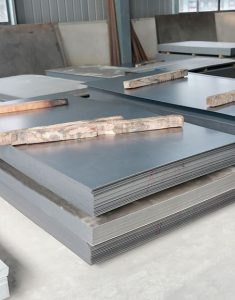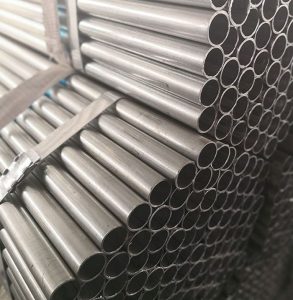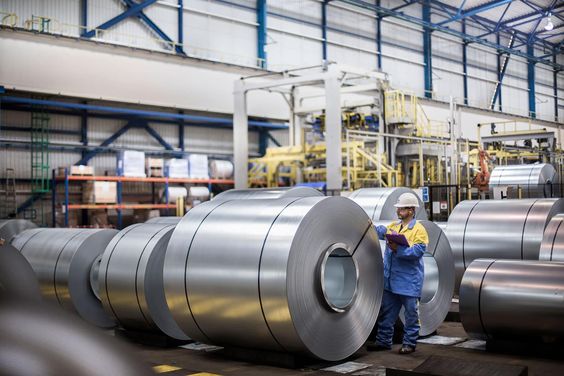Steel, the most widely used metal in the past two centuries, stands as a fundamental component of nearly all infrastructure supporting modern industrial societies. Its value chain contributes to approximately $30 trillion in economic activity, providing millions of job opportunities.
Unfortunately, the steel production process ranks as the second-largest emitter of greenhouse gases (GHG), accounting for nearly 8%, trailing only behind the power sector. However, in line with societal, environmental, and regulatory developments, the steel industry is driven to prioritize sustainability.
Failure to devise decarbonization plans and achieve greenhouse gas reductions could significantly impact the industry’s social license and future value. Today’s companies must determine how to produce net-zero emission steel throughout the entire value chain.

New Technological Innovations Promise Significant Returns
Traditional blast furnace technology, extensively using coking coal in the production of refined steel, faces increased scrutiny due to a growing interest in green steel products from the public, government, and investors. These pressures prompt the industry to prioritize decarbonization strategies, including launching pilot plants to validate new production methods and technologies. Achieving this goal is expected to require investments of up to $1.5 trillion for new and upgraded facilities and training, presenting an exciting opportunity to rethink the steel ecosystem and engage communities socially, economically, and scientifically.
Five Opportunities for Green Steel
Leading steel and mining companies are implementing various strategies to explore possibilities for reducing greenhouse gas emissions, including:
- Shifting from coal to biomass as a reducing agent and fuel.
- Enhancing Blast Furnace (BOF) efficiency to reduce energy consumption and production losses.
- Increasing scrap steel recycling using more environmentally friendly Electric Arc Furnace (EAF).
- Capturing carbon emissions for reuse in creating new products for the chemical industry.
- Perfecting and commercializing transformative, low-environmental-impact technologies, such as Hydrogen-Based Direct Reduction of Iron (DRI).
While all these measures play a role in reducing the environmental impact of steel production, high-tech innovations like direct hydrogen production are expected to have the most significant positive impact.
As one of the world’s largest steel producers, ArcelorMittal has outlined a comprehensive and acclaimed roadmap for green steel, incorporating intelligent carbon technologies, including Hydrogen-Based Direct Reduction of Iron. They have already produced some “green steel” and launched a new low-emission product line.
H2 Green Steel has announced plans to build a new 5 million-ton green steel plant in Sweden, utilizing green hydrogen and adopting the DRI/EAF method, recognized as the most effective CO2 emission avoidance technology during the steelmaking process.

Innovating the Steel Production Value Chain
The growing interest in green steel has also captured the attention of major iron ore mining companies, as their iron ore exports serve as raw materials for end-users, and emissions from steel manufacturers’ blast furnaces are considered Scope 3 emissions. Miners have made decarbonization commitments, with Fortescue Metals aiming to produce commercial quantities of green hydrogen for steel production as early as 2023, achieving carbon neutrality in Scopes 1 and 2 emissions by 2030, a decade ahead of schedule.
Mining companies are exploring processing near mining operations and exporting low-emission Hot Briquetted Iron (HBI), introducing an intriguing dynamic to the steel value chain. Traditionally,70% of steel is produced in facilities using imported ore from other countries. The potential decoupling of this value chain is imminent. For instance, if Australia and Brazil can process their iron ore into higher-value “green HBI” and directly export it to end-user markets, it represents a significant shift in market dynamics and the steel value chain.
Embracing Longstanding Industry with Intelligent Innovations
These exciting developments in the steel industry highlight the adoption of intelligent digital technologies and strategic partnerships to promote greater sustainability and efficiency. Innovation stands as the key to building a greener, more resilient future.
